Spice Up Your Life: A Fun Guide to Mexican Culture Cuisine
Table of Contents
Introduction to Mexican Culture Cuisine
Mexican culture cuisine is a vibrant and rich tradition that has captured the hearts of food lovers around the world. Known for its bold flavors, colorful presentation, and deep cultural roots, Mexican cuisine offers a unique blend of indigenous ingredients and colonial influences. From the smoky heat of chipotle to the bright tang of lime, every dish tells a story of heritage and passion.
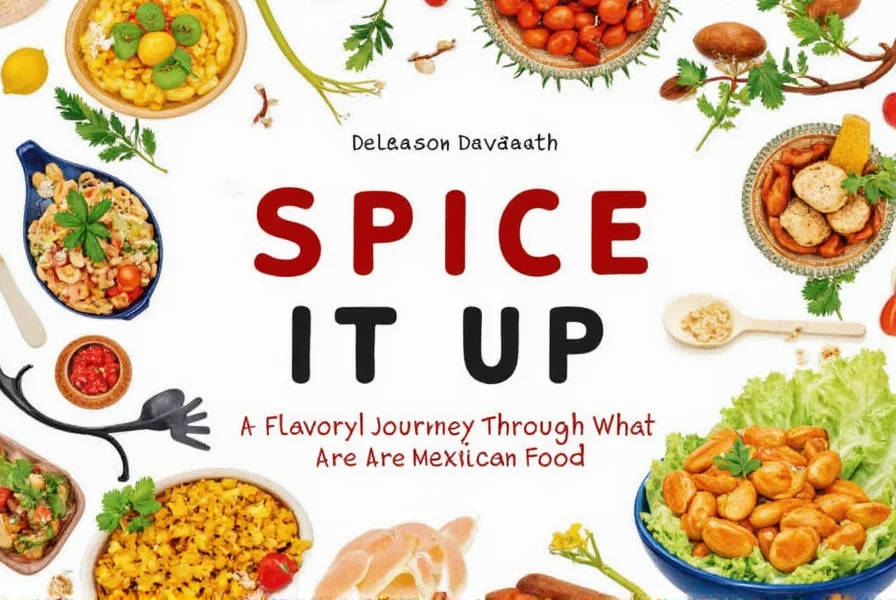
Whether you're a seasoned chef or just starting out, exploring the spices and techniques of Mexican cuisine can open up a whole new world of flavor. In this guide, we'll dive into the essential spices, cooking tips, and how to choose the best products for your kitchen.
Essential Spices in Mexican Cuisine
Mexican cuisine is famous for its use of spices, each contributing to the complex and layered flavors found in traditional dishes. Here are some of the most commonly used spices:
- Ancho Chili Powder: Known for its mild heat and rich, fruity flavor, ancho chili powder is a staple in many Mexican recipes.
- Poblano Pepper: These mild, green peppers are often roasted and used in salsas, moles, and stews.
- Cumin: A key ingredient in many Mexican dishes, cumin adds a warm, earthy note to tacos, beans, and sauces.
- Oregano: Used in both fresh and dried forms, oregano is a must-have for soups, meats, and pizzas.
- Chipotle Peppers: Smoked and canned, these peppers bring a smoky heat that's perfect for adding depth to sauces and marinades.
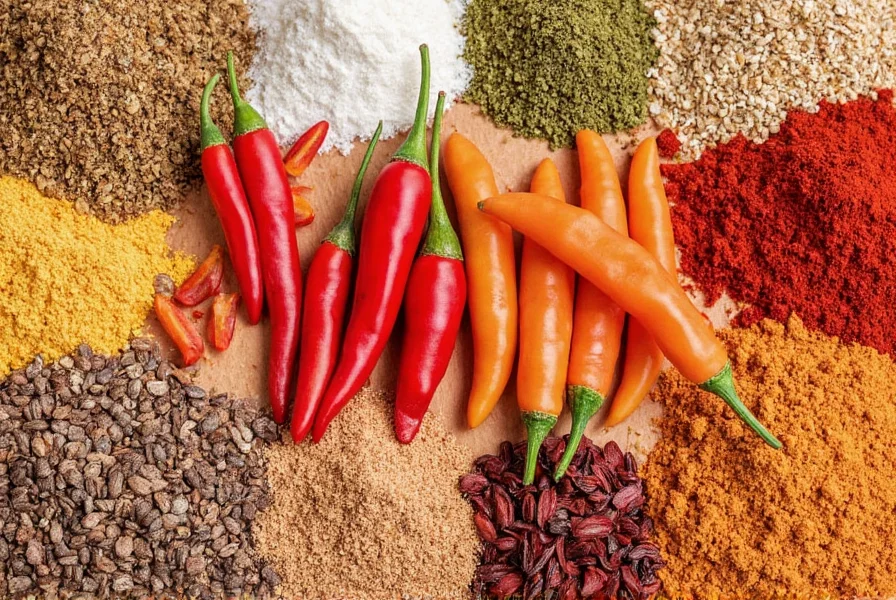
These spices are not only essential for flavor but also reflect the history and diversity of Mexican culture. Each region has its own variations, making the cuisine even more fascinating to explore.
Cooking Tips for Authentic Flavors
While having the right spices is important, it's the technique that truly brings out the authentic flavors of Mexican cuisine. Here are a few practical tips to help you cook like a pro:
- Roast Your Chiles: Roasting chiles enhances their natural sweetness and gives them a deeper flavor. Use a grill or oven for the best results.
- Use Fresh Ingredients: Whenever possible, use fresh herbs, tomatoes, and vegetables. This makes a big difference in the final taste.
- Master the Art of Salsa: Salsa is a cornerstone of Mexican cuisine. Experiment with different types—like pico de gallo, salsa verde, or guacamole—to find your favorite.
- Don’t Skip the Lime: A squeeze of fresh lime juice can elevate any dish, especially tacos, ceviche, and grilled meats.
- Pair with Warm Tortillas: The right tortilla can make or break a meal. Try using corn or flour tortillas depending on the dish.
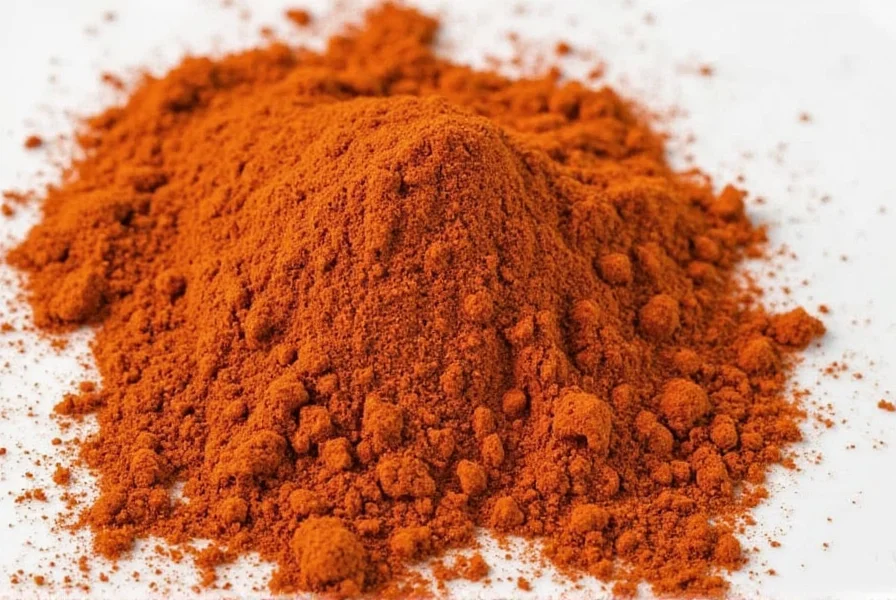
By following these tips, you can recreate the delicious flavors of Mexico right at home. It’s all about balance, technique, and a little bit of creativity.
Buying Guide for Mexican Spices
If you're looking to bring the flavors of Mexico into your kitchen, choosing the right spices is crucial. Here's a detailed buying guide to help you make informed decisions:
1. Ancho Chili Powder
Features: Made from dried ancho chilies, this spice has a mild heat level and a sweet, smoky flavor.
Advantages: Versatile for use in stews, sauces, and rubs.
Use Cases: Ideal for making enchiladas, tamales, and mole sauce.
Target Audience: Home cooks and professional chefs who want to add depth to their dishes.
Suitable Occasions: Weeknight dinners, festive meals, and family gatherings.

2. Poblano Pepper
Features: A mild, green pepper with a slightly sweet flavor.
Advantages: Great for roasting, stuffing, or adding to salsas and stews.
Use Cases: Used in chiles rellenos, green chile sauce, and Mexican-style omelets.
Target Audience: Anyone looking to add a touch of freshness and mild heat to their cooking.
Suitable Occasions: Casual dinners, weekend brunches, and holiday feasts.
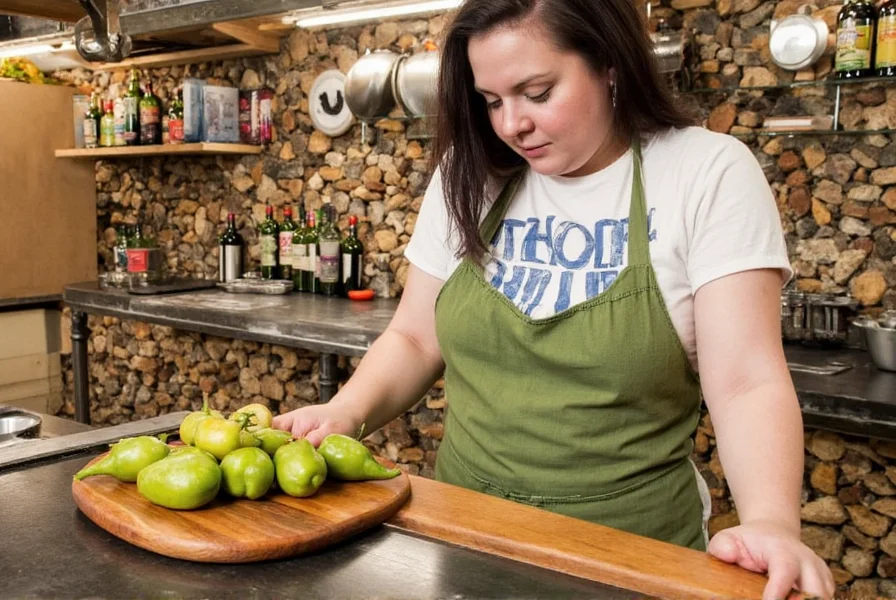
3. Cumin
Features: A warm, earthy spice that is commonly used in Mexican cooking.
Advantages: Adds a rich, nutty flavor to meats, beans, and rice dishes.
Use Cases: Perfect for tacos, chili, and grilled meats.
Target Audience: Chefs and home cooks who enjoy bold, aromatic dishes.
Suitable Occasions: Barbecues, potlucks, and everyday meals.
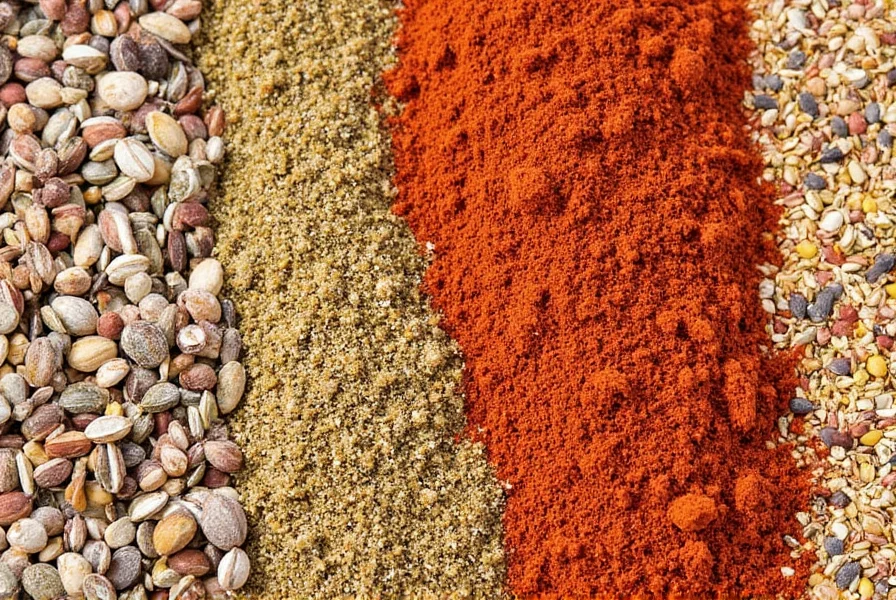
4. Oregano
Features: Available in both fresh and dried forms, oregano has a strong, herbal aroma.
Advantages: Enhances the flavor of soups, meats, and pizzas.
Use Cases: Used in Mexican-style pizzas, bean dishes, and meat seasonings.
Target Audience: Those who enjoy homemade cooking and baking.
Suitable Occasions: Family dinners, casual lunches, and weekend baking sessions.
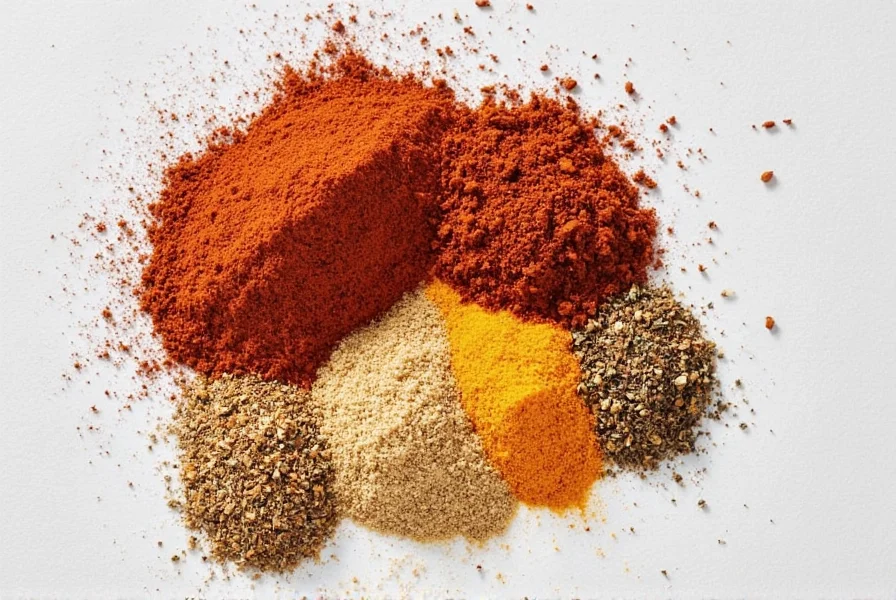
5. Chipotle Peppers
Features: Smoked and canned, these peppers have a distinct smoky flavor with a moderate heat level.
Advantages: Adds depth and complexity to sauces, marinades, and dips.
Use Cases: Ideal for making chipotle sauce, marinating meats, and adding heat to stews.
Target Audience: Foodies who love bold, smoky flavors.
Suitable Occasions: Special occasions, parties, and gourmet cooking.
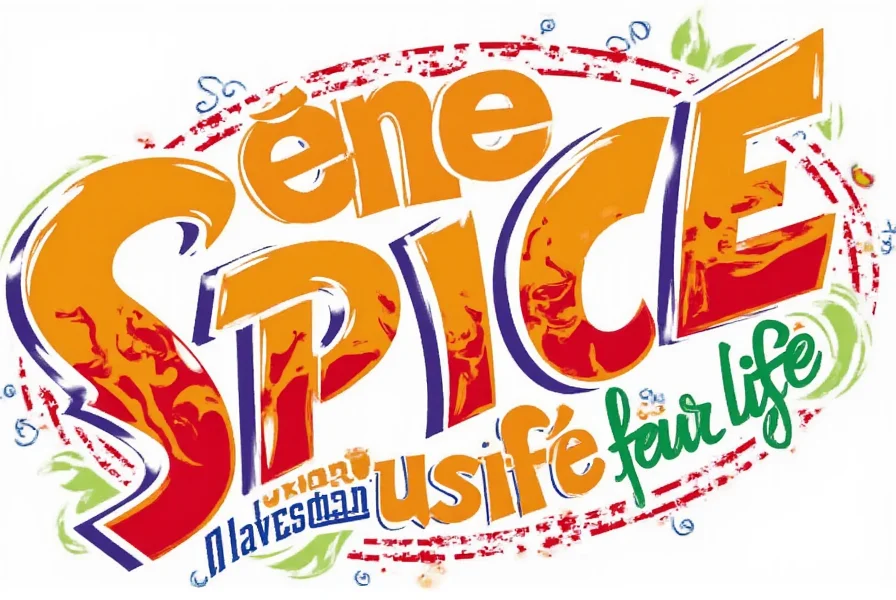
When purchasing these spices, look for high-quality, organic options whenever possible. They not only enhance the flavor of your dishes but also contribute to a healthier lifestyle.
Conclusion
Mexican culture cuisine is more than just food—it's a celebration of life, history, and community. By understanding the essential spices, mastering the cooking techniques, and choosing the right products, you can bring the rich flavors of Mexico into your own kitchen. Whether you're hosting a dinner party or simply enjoying a quiet meal, the journey through Mexican cuisine is sure to be a delicious one.
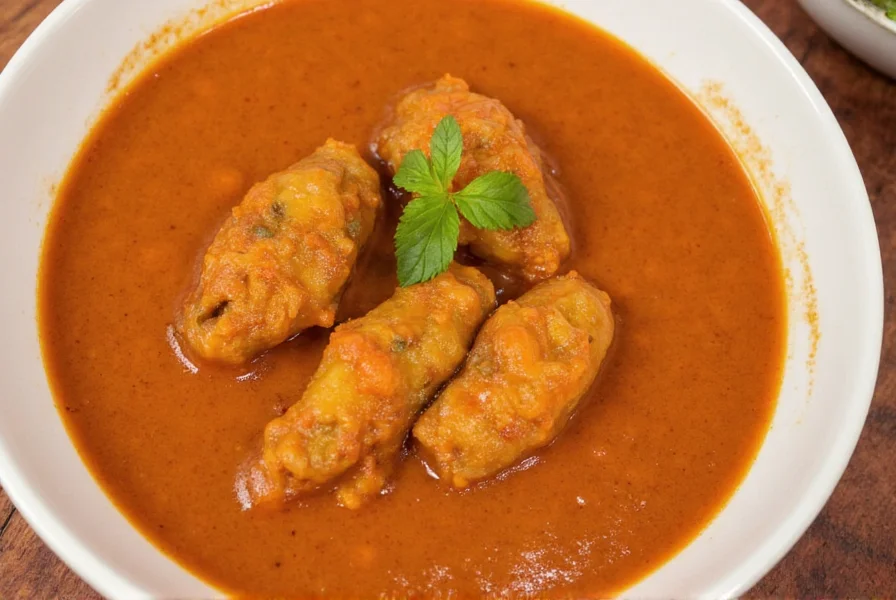
So grab your apron, gather your ingredients, and let the vibrant world of Mexican cuisine inspire your next culinary adventure. ¡Buen provecho!










 浙公网安备
33010002000092号
浙公网安备
33010002000092号 浙B2-20120091-4
浙B2-20120091-4